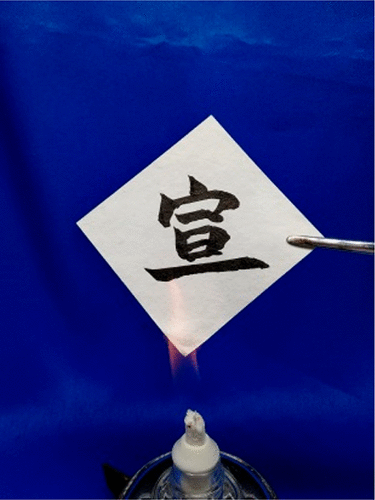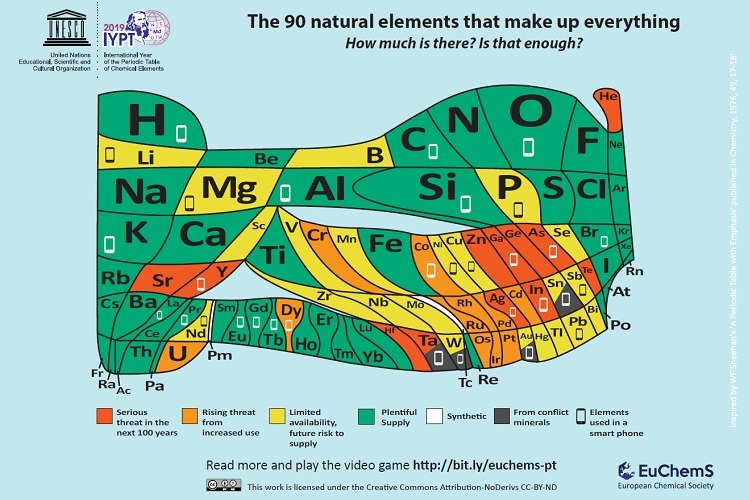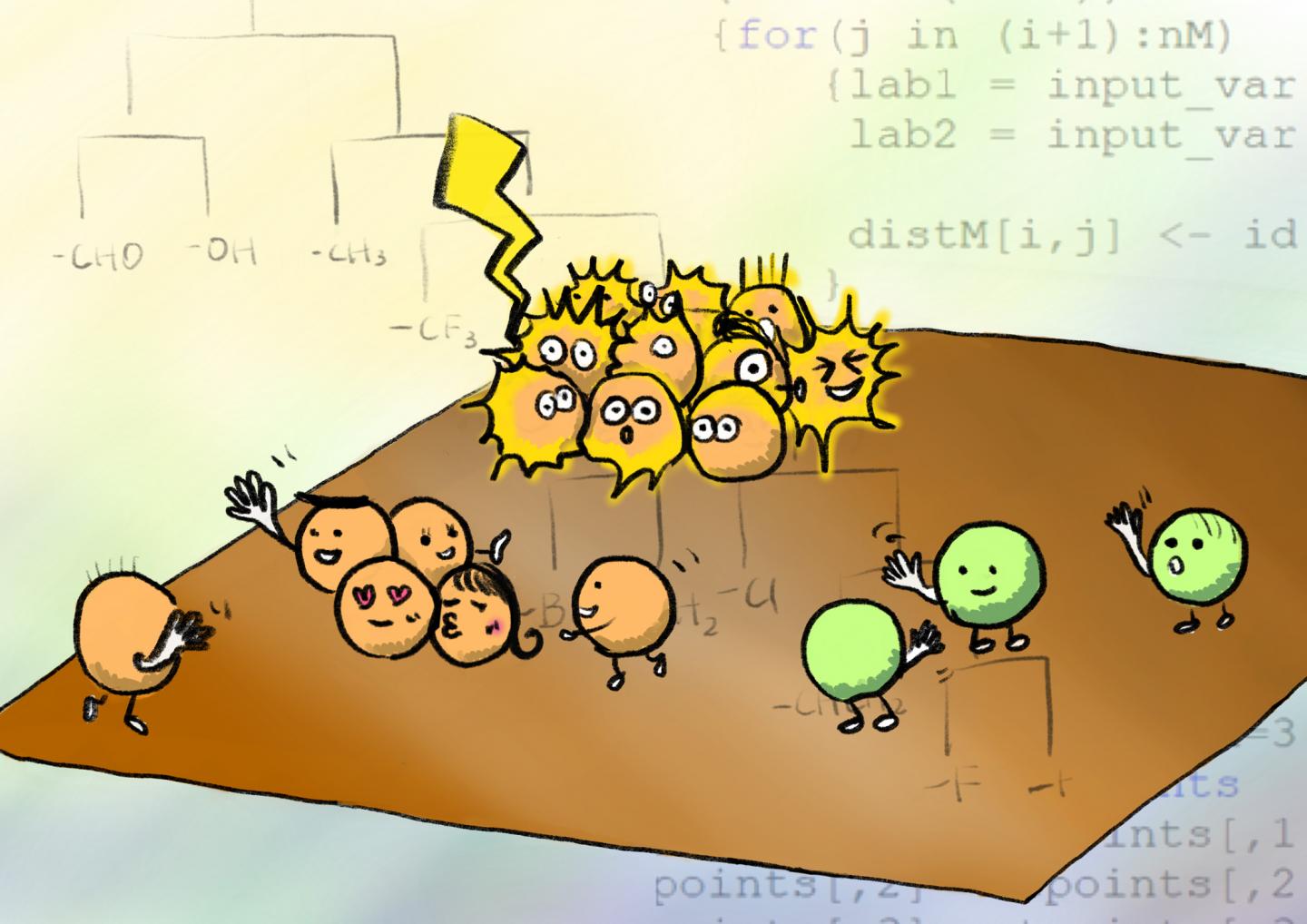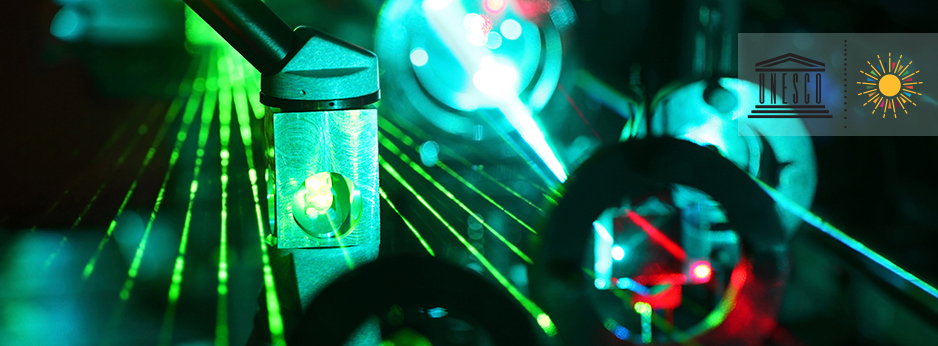While there’s a great deal of attention and hyperbole attached to artificial intelligence (AI) these days, it seems that neurotechnology may be quietly gaining much needed attention. (For those who are interested, at the end of this posting, there’ll be a bit more information to round out what you’re seeing in the UNESCO material.)
Now, here’s news of an upcoming UNESCO (United Nations Educational, Scientific, and Cultural Organization) meeting on neurotechnology, from a June 6, 2023 UNESCO press release (also received via email), Note: Links have been removed,
The Member States of the Executive Board of UNESCO
have approved the proposal of the Director General to hold a global
dialogue to develop an ethical framework for the growing and largely
unregulated Neurotechnology sector, which may threaten human rights and
fundamental freedoms. A first international conference will be held at
UNESCO Headquarters on 13 July 2023.“Neurotechnology could help solve many health issues, but it could
also access and manipulate people’s brains, and produce information
about our identities, and our emotions. It could threaten our rights to
human dignity, freedom of thought and privacy. There is an urgent need
to establish a common ethical framework at the international level, as
UNESCO has done for artificial intelligence,” said UNESCO
Director-General Audrey Azoulay.UNESCO’s international conference, taking place on 13 July [2023], will start
exploring the immense potential of neurotechnology to solve neurological
problems and mental disorders, while identifying the actions needed to
address the threats it poses to human rights and fundamental freedoms.
The dialogue will involve senior officials, policymakers, civil society
organizations, academics and representatives of the private sector from
all regions of the world.Lay the foundations for a global ethical framework
The dialogue will also be informed by a report by UNESCO’s
International Bioethics Committee (IBC) on the “Ethical Issues of
Neurotechnology”, and a UNESCO study proposing first time evidence on
the neurotechnology landscape, innovations, key actors worldwide and
major trends.The ultimate goal of the dialogue is to advance a better understanding
of the ethical issues related to the governance of neurotechnology,
informing the development of the ethical framework to be approved by 193
member states of UNESCO – similar to the way in which UNESCO
established the global ethical frameworks on the human genome (1997),
human genetic data (2003) and artificial intelligence (2021).UNESCO’s global standard on the Ethics of Artificial Intelligence has
been particularly effective and timely, given the latest developments
related to Generative AI, the pervasiveness of AI technologies and the
risks they pose to people, democracies, and jobs. The convergence of
neural data and artificial intelligence poses particular challenges, as
already recognized in UNESCO’s AI standard.Neurotech could reduce the burden of disease…
Neurotechnology covers any kind of device or procedure which is designed
to “access, monitor, investigate, assess, manipulate, and/or emulate
the structure and function of neural systems”. [1] Neurotechnological
devices range from “wearables”, to non-invasive brain computer
interfaces such as robotic limbs, to brain implants currently being
developed [2] with the goal of treating disabilities such as paralysis.One in eight people worldwide live with a mental or neurological
disorder, triggering care-related costs that account for up to a third
of total health expenses in developed countries. These burdens are
growing in low- and middle-income countries too. Globally these expenses
are expected to grow – the number of people aged over 60 is projected
to double by 2050 to 2.1 billion (WHO 2022). Neurotechnology has the
vast potential to reduce the number of deaths and disabilities caused by
neurological disorders, such as Epilepsy, Alzheimer’s, Parkinson’s
and Stroke.… but also threaten Human Rights
Without ethical guardrails, these technologies can pose serious risks, as
brain information can be accessed and manipulated, threatening
fundamental rights and fundamental freedoms, which are central to the
notion of human identity, freedom of thought, privacy, and memory. In
its report published in 2021 [3], UNESCO’s IBC documents these risks
and proposes concrete actions to address them.Neural data – which capture the individual’s reactions and basic
emotions – is in high demand in consumer markets. Unlike the data
gathered on us by social media platforms, most neural data is generated
unconsciously, therefore we cannot give our consent for its use. If
sensitive data is extracted, and then falls into the wrong hands, the
individual may suffer harmful consequences.Brain-Computer-Interfaces (BCIs) implanted at a time during which a
child or teenager is still undergoing neurodevelopment may disrupt the
‘normal’ maturation of the brain. It may be able to transform young
minds, shaping their future identity with long-lasting, perhaps
permanent, effects.Memory modification techniques (MMT) may enable scientists to alter the
content of a memory, reconstructing past events. For now, MMT relies on
the use of drugs, but in the future it may be possible to insert chips
into the brain. While this could be beneficial in the case of
traumatised people, such practices can also distort an individual’s
sense of personal identity.Risk of exacerbating global inequalities and generating new ones
Currently 50% of Neurotech Companies are in the US, and 35% in Europe
and the UK. Because neurotechnology could usher in a new generation of
‘super-humans’, this would further widen the education, skills, wealth
and opportunities’ gap within and between countries, giving those with
the most advanced technology an unfair advantage.
UNESCO’s Ethics of neurotechnology webpage can be found here. As for the July 13, 2023 dialogue/conference, here are some of the details from UNESCO’s International Conference on the Ethics of Neurotechnology webpage,
UNESCO will organize an International Conference on the Ethics of Neurotechnology on the theme “Building a framework to protect and promote human rights and fundamental freedoms” at UNESCO Headquarters in Paris, on 13 July 2023, from 9:00 [CET; Central European Time] in Room I.
The Conference will explore the immense potential of neurotechnology and address the ethical challenges it poses to human rights and fundamental freedoms. It will bring together policymakers and experts, representatives of civil society and UN organizations, academia, media, and private sector companies, to prepare a solid foundation for an ethical framework on the governance of neurotechnology.
UNESCO International Conference on Ethics of Neurotechnology: Building a framework to protect and promote human rights and fundamental freedoms
13 July 2023 – 9:30 am – 13 July 2023 – 6:30 pm [CET; Central European Time]
Location UNESCO Headquarters, Paris, France
Rooms : Room
I Type : Cat II – Intergovernmental meeting, other than international conference of States
Arrangement type : Hybrid
Language(s) : French Spanish English Arabic
Contact : Rajarajeswari PajanyRegistration
A high-level session with ministers and policy makers focusing on policy actions and international cooperation will be featured in the Conference. Renowned experts will also be invited to discuss technological advancements in Neurotechnology and ethical challenges and human rights Implications. Two fireside chats will be organized to enrich the discussions focusing on the private sector, public awareness raising and public engagement. The Conference will also feature a new study of UNESCO’s Social and Human Sciences Sector shedding light on innovations in neurotechnology, key actors worldwide and key areas of development.
As one of the most promising technologies of our time, neurotechnology is providing new treatments and improving preventative and therapeutic options for millions of individuals suffering from neurological and mental illness. Neurotechnology is also transforming other aspects of our lives, from student learning and cognition to virtual and augmented reality systems and entertainment. While we celebrate these unprecedented opportunities, we must be vigilant against new challenges arising from the rapid and unregulated development and deployment of this innovative technology, including among others the risks to mental integrity, human dignity, personal identity, autonomy, fairness and equity, and mental privacy.
UNESCO has been at the forefront of promoting an ethical approach to neurotechnology. UNESCO’s International Bioethics Committee (IBC) has examined the benefits and drawbacks from an ethical perspective in a report published in December 2021. The Organization has also led UN-wide efforts on this topic, collaborating with other agencies and academic institutions to organize expert roundtables, raise public awareness and produce publications. With a global mandate on bioethics and ethics of science and technology, UNESCO has been asked by the IBC, its expert advisory body, to consider developing a global standard on this topic.
A July 13, 2023 agenda and a little Canadian content
I have a link to the ‘provisional programme‘ for “Towards an Ethical Framework in the Protection and Promotion of Human Rights and Fundamental Freedoms,” the July 13, 2023 UNESCO International Conference on Ethics of Neurotechnology. Keeping in mind that this could (and likely will) change,
13 July 2023, Room I,
UNESCO HQ Paris, France,9:00 –9:15 Welcoming Remarks (TBC)
•António Guterres, Secretary-General of the United Nations•
•Audrey Azoulay, Director-General of UNESCO9:15 –10:00 Keynote Addresses (TBC)
•Gabriel Boric, President of Chile
•Narendra Modi, Prime Minister of India
•PedroSánchez Pérez-Castejón, Prime Minister of Spain
•Volker Turk, UN High Commissioner for Human Rights
•Amandeep Singh Gill, UN Secretary-General’sEnvoyon Technology…
10:15 –11:00 Scene-Setting Address
…1:00 –13:00 High-Level Session: Regulations and policy actions
…14:30 –15:30 Expert Session: Technological advancement and opportunities
…15:45 –16:30 Fireside Chat: Launch of the UNESCO publication “Unveiling the neurotechnology landscape: scientific advancements, innovationsand major trends”
…16:30 –17:30 Expert Session: Ethical challenges and human rights implications
…17:30 –18:15 Fireside Chat: “Why neurotechnology matters for all
…18:15 –18:30 Closing Remarks
…
While I haven’t included the speakers’ names (for the most part), I do want to note some Canadian participation in the person of Dr. Judy Iles from the University of British Columbia. She’s a Professor of Neurology, Distinguished University Scholar in Neuroethics, andDirector, Neuroethics Canada, and President of the International Brain Initiative (IBI)
Iles is in the “Expert Session: Ethical challenges and human rights implications.”
If you have time do look at the provisional programme just to get a sense of the range of speakers and their involvement in an astonishing array of organizations. E.g., there’s the IBI (in Judy Iles’s bio), which at this point is largely (and surprisingly) supported by (from About Us) “Fonds de recherche du Québec, and the Institute of Neuroscience, Mental Health and Addiction of the Canadian Institutes of Health Research. Operational support for the IBI is also provided by the Japan Brain/MINDS Beyond and WorldView Studios“.
More food for thought
Neither the UNESCO July 2023 meeting, which tilts, understandably, to social justice issues vis-à-vis neurotechnology nor the Canadian Science Policy Centre (CSPC) May 2023 meeting (see my May 12, 2023 posting: Virtual panel discussion: Canadian Strategies for Responsible Neurotechnology Innovation on May 16, 2023), based on the publicly available agendas, seem to mention practical matters such as an implant company going out of business. Still, it’s possible it will be mentioned at the UNESCO conference. Unfortunately, the May 2023 CSPC panel has not been posted online.
(See my April 5, 2022 posting “Going blind when your neural implant company flirts with bankruptcy [long read].” Even skimming it will give you some pause.) The 2019 OECD Recommendation on Responsible Innovation in Neurotechnology doesn’t cover/mention the issue ob business bankruptcy either.
Taking a look at business practices seems particularly urgent given this news from a May 25, 2023 article by Rachael Levy, Marisa Taylor, and Akriti Sharma for Reuters, Note: A link has been removed,
Elon Musk’s Neuralink received U.S. Food and Drug Administration (FDA) clearance for its first-in-human clinical trial, a critical milestone for the brain-implant startup as it faces U.S. probes over its handling of animal experiments.
The FDA approval “represents an important first step that will one day allow our technology to help many people,” Neuralink said in a tweet on Thursday, without disclosing details of the planned study. It added it is not recruiting for the trial yet and said more details would be available soon.
The FDA acknowledged in a statement that the agency cleared Neuralink to use its brain implant and surgical robot for trials on patients but declined to provide more details.
Neuralink and Musk did not respond to Reuters requests for comment.
The critical milestone comes as Neuralink faces federal scrutiny [emphasis mine] following Reuters reports about the company’s animal experiments.
Neuralink employees told Reuters last year that the company was rushing and botching surgeries on monkeys, pigs and sheep, resulting in more animal deaths [emphasis mine] than necessary, as Musk pressured staff to receive FDA approval. The animal experiments produced data intended to support the company’s application for human trials, the sources said.
…
If you have time, it’s well worth reading the article in its entirety. Neuralink is being investigated for a number of alleged violations.
Slightly more detail has been added by a May 26, 2023 Associated Press (AP article on the Canadian Broadcasting Corporation’s news online website,
Elon Musk’s brain implant company, Neuralink, says it’s gotten permission from U.S. regulators to begin testing its device in people.
The company made the announcement on Twitter Thursday evening but has provided no details about a potential study, which was not listed on the U.S. government database of clinical trials.
Officials with the Food and Drug Administration (FDA) wouldn’t confirm or deny whether it had granted the approval, but press officer Carly Kempler said in an email that the agency “acknowledges and understands” that Musk’s company made the announcement. [emphases mine]
…
The AP article offers additional context on the international race to develop brain-computer interfaces.
Update: It seems the FDA gave its approval later on May 26, 2023. (See the May 26, 2023 updated Reuters article by Rachael Levy, Marisa Taylor and Akriti Sharma and/or Paul Tuffley’s (lecturer at Griffith University) May 29, 2023 essay on The Conversation.)
For anyone who’s curious about previous efforts to examine ethics and social implications with regard to implants, prosthetics (Note: Increasingly, prosthetics include a neural component), and the brain, I have a couple of older posts: “Prosthetics and the human brain,” a March 8, 2013 and “The ultimate DIY: ‘How to build a robotic man’ on BBC 4,” a January 30, 2013 posting.)




